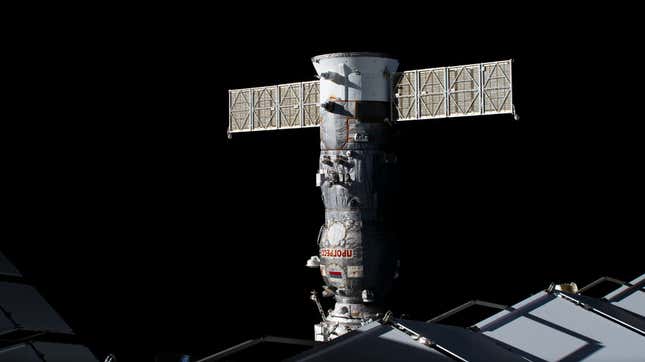
Every once in a while, the ISS requires a boost to counteract orbital decay and maintain its altitude. While the ISS is equipped with its own thrusters, they aren’t sufficient for major reboosts due to limited fuel capacity, lower power, and the need to preserve onboard resources for other critical operations (like orientation control and space junk avoidance). So instead, docked spacecraft are used to provide these external boosts. These spacecraft, specifically designed for such tasks, bring their own fuel, minimizing the strain on ISS resources, and have more powerful engines for enabling these substantial orbital adjustments.
Advertisement
All this said, Russia’s Progress is currently the only spacecraft officially sanctioned for this task, due to its proven capability and compatibility with the ISS. While other spacecraft like Northrop Grumman’s Cygnus and Russia’s Zvezda could be adapted for reboost duties, they are not sanctioned for this purpose and would require additional measures, such as Progress having to fuel Zvezda for the task. NASA doesn’t love this situation, which is why it has performed reboost tests with Cygnus.
Services Marketplace – Listings, Bookings & Reviews